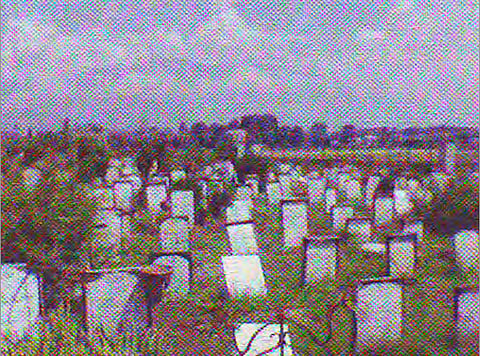Srinagar’s martyr’s graveyard
Kashmir's 17-year-old insurgency has seen many unique developments, but one of the oddest has been the abrupt conversion of parks into cemeteries. The first of these parks-turned-graveyards in the Valley came up in the traditional Eidgah grounds, in downtown Srinagar. Around 1000 people now lie buried here, all of them having fallen victim to the conflict. This plot of land, now encased in concrete and iron, used to be part of a vast playground.
The identity of the first person buried at the Eidgah 'martyr's graveyard' is not known; the epitaph on that grave simply reads Shaheed-i-Namaloom (martyr unknown), dated 20 January 1990. Habibullah Khan, caretaker at the cemetery, says he knows little of the identity of that first arrival: "They had brought the body from Uri. He was probably a militant belonging to JKLF, which was then the only militant outfit operating in the state."

